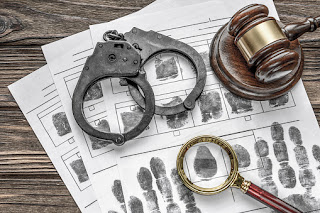Child Sexual Abuse Overview
Child sexual abuse, also called child molestation, is a form of child abuse in which an adult or older adolescent uses a child for sexual stimulation. Forms of child sexual abuse include engaging in sexual activities with a child, indecent exposure (of the genitals, female nipples, etc.), child grooming, and child sexual exploitation, including using a child to produce child pornography. Child sexual abuse can occur in a variety of settings, including home, school, or work.
The global prevalence of child sexual abuse has been estimated at 19.7% for females and 7.9% for males. Most sexual abuse offenders are acquainted with their victims, approximately 40% are relatives of the child, most often brothers, fathers, uncles, or cousins, around 60% are other acquaintances, such as friends of the family, babysitters, or neighbors, strangers are the offenders in approximately 10% of child sexual abuse cases. Most child sexual abuse is committed by men, studies on female child molesters show that women commit 15% to 50% of offenses reported against boys and 6% of offenses reported against girls.
Child sexual abuse isn’t always easy to spot. The perpetrator could be someone you’ve known a long time or trust, which may make it even harder to notice. Consider the following warning signs:
Physical signs:
Bleeding, bruises, or swelling in genital area
Bloody, torn, or stained underclothes
Difficulty walking or sitting
Frequent urinary or yeast infections
Pain, itching, or burning in genital area
Behavioral signs:
Changes in hygiene
Develops phobias
Exhibits signs of depression or post-traumatic stress disorder
Expresses suicidal thoughts
Has trouble in school, such as absences or drops in grades
Inappropriate sexual knowledge or behaviors
Nightmares or bed-wetting
Overly protective and concerned for siblings, or assumes a caretaker role
Returns to regressive behaviors, such as thumb sucking
Runs away from home or school
Self-harms
Penalties:
Depending upon the state these actions were completed in, penalties may be severe and swift. They may affect the convicted for the rest of his or her life. He or she may no longer have social standing with sex offender registration. Jobs and even housing may be difficult to obtain. For those parents convicted of these crimes, they may face parenting classes. In most states, the loss of visitation or custody of biological or adopted children is an initial penalty automatically invoked. These crimes are often recorded for the life of the convicted individual.
Depending upon the sentence issued to the offender, prison or jail time is required. For first offenders, jail or prison may be reduced to parole. The severity of the crime, the state the offender committed the acts in and other factors may determine the change of imprisonment into parole. Probation is often issued after jail or prison time has been served. In some instances, probation or parole are issued instead. The less severe the crime, the less likely a harsh punishment will be imposed by a unbiased jury.



Comments
Post a Comment